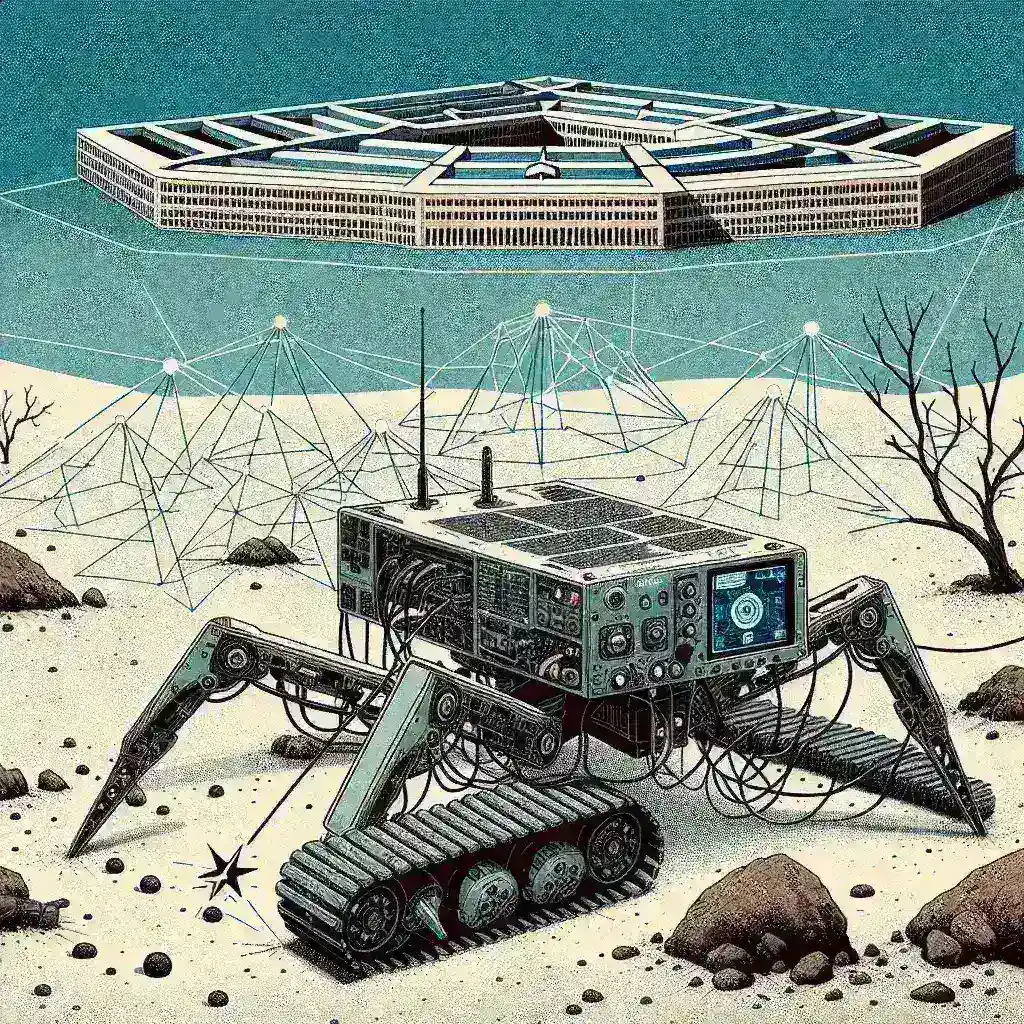
Pentagon Funds Robotics Program for Automated Mine Clearing in Combat Zones
Introduction
The increasing complexity and danger of modern warfare have prompted the Pentagon to allocate significant funds towards a groundbreaking robotics program aimed at automated mine clearing in combat zones. This initiative not only seeks to enhance the safety of military personnel but also aims to expedite the often perilous task of removing landmines and unexploded ordnance.
The Need for Automated Mine Clearing
Landmines and unexploded ordnance remain a persistent threat in many regions affected by conflict. These remnants of war can impede military operations and pose a deadly risk to civilians long after battles have ceased. According to the United Nations, landmines kill or injure approximately 5,000 people every year, underscoring the urgent need for effective clearing solutions.
Historical Context
The use of landmines dates back to World War I, but their prevalence surged during conflicts throughout the 20th and 21st centuries. Traditional methods of mine clearing, involving human operators and mechanical equipment, are not only time-consuming but also hazardous. By investing in robotics, the Pentagon aims to mitigate these risks.
Technological Advances in Robotics
Advancements in robotics and artificial intelligence have opened new avenues for automating mine clearing operations. Drones, ground robots, and remote-controlled vehicles are being developed to take over the dangerous task of detecting and neutralizing mines. These technologies are designed to work in various terrains and conditions, enhancing their effectiveness.
How Robotics Work in Mine Clearing
- Detection: Advanced sensors and imaging systems allow robots to detect mines buried underground.
- Neutralization: Once detected, robotics can neutralize mines using a variety of methods, including detonators or mechanical destruction.
- Data Collection: Robots can gather data on minefield conditions, contributing to more effective clearance strategies.
The Pentagon’s Robotics Program
The Pentagon’s investment in this robotics program is multifaceted. It involves collaboration with private sector companies, research institutions, and military experts to develop innovative solutions. The program’s goals include:
- Reducing the time required for mine clearance.
- Minimizing risks to human personnel.
- Improving the accuracy of mine detection and neutralization.
Funding and Resources
In recent budget proposals, the Pentagon has earmarked millions of dollars specifically for robotics research and development. This funding is intended to accelerate innovation and bring cutting-edge technologies into operational use.
Future Predictions
As the Pentagon continues to invest in robotics for mine clearing, experts predict several outcomes:
- Increased safety for troops deployed in conflict zones.
- Faster and more efficient minefield clearance, allowing for quicker humanitarian interventions.
- Potential for these technologies to be adapted for civilian use in post-conflict reconstruction efforts.
Pros and Cons of Robotics in Mine Clearing
Pros
- Enhanced Safety: Reduces the risk of casualties among military personnel.
- Efficiency: Speeds up the process of mine clearance.
- Data Accuracy: Provides precise information for decision-making and strategy development.
Cons
- High Initial Costs: Development and deployment of robotic systems require substantial investment.
- Technical Limitations: Robots may face challenges in complex terrains or adverse weather conditions.
- Dependence on Technology: Over-reliance on robotic systems may reduce essential human skills in mine clearing.
Real-World Examples
Several nations have already begun to implement robotic systems for mine clearance. Countries like Afghanistan and Iraq have seen the deployment of drones and specialized ground vehicles to clear minefields. These real-world applications provide valuable insights that inform the Pentagon’s program.
Cultural Relevance and Impact
As nations grapple with the aftermath of conflicts, automated mine clearing can play a crucial role in rebuilding communities and ensuring the safety of civilians. The cultural implications of mine-clearing technologies are profound, as they facilitate return to normalcy in war-torn areas.
Conclusion
The Pentagon’s proactive approach to funding a robotics program for automated mine clearing represents a significant advancement in military technology. By leveraging innovation and collaboration, the military aims to enhance safety, efficiency, and effectiveness in mine clearance operations, ultimately saving lives and aiding recovery efforts in conflict zones.


